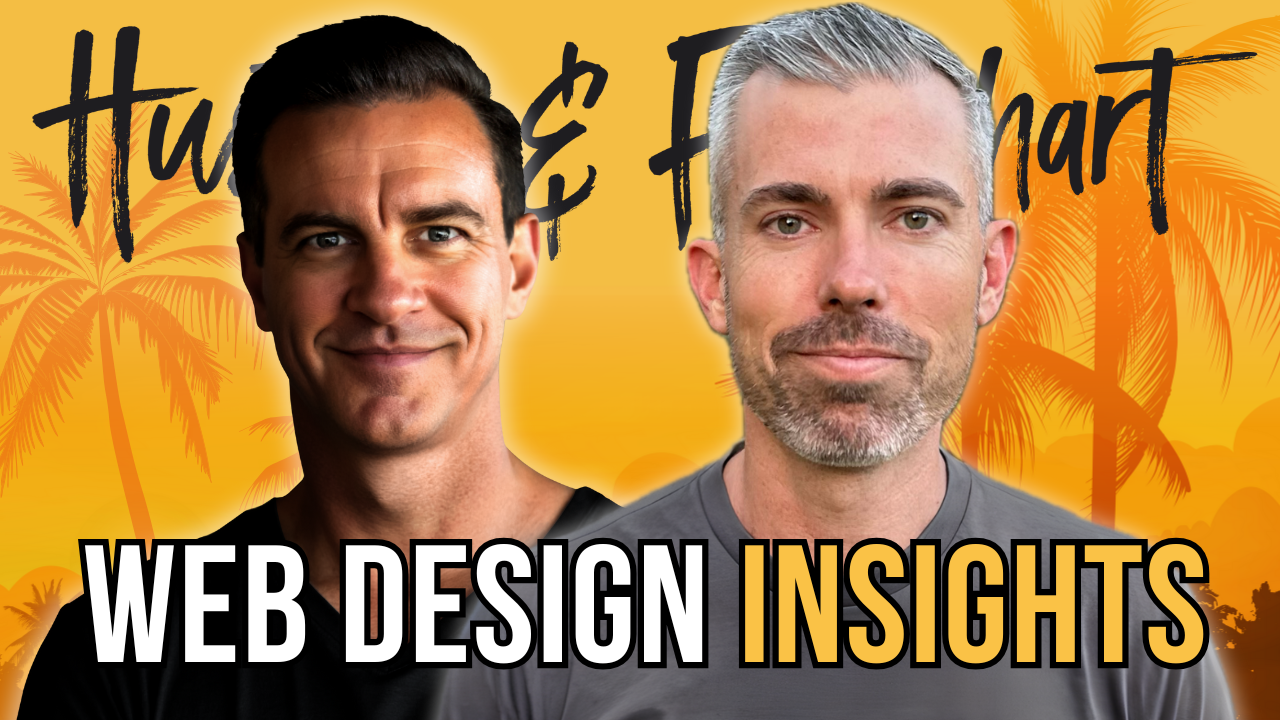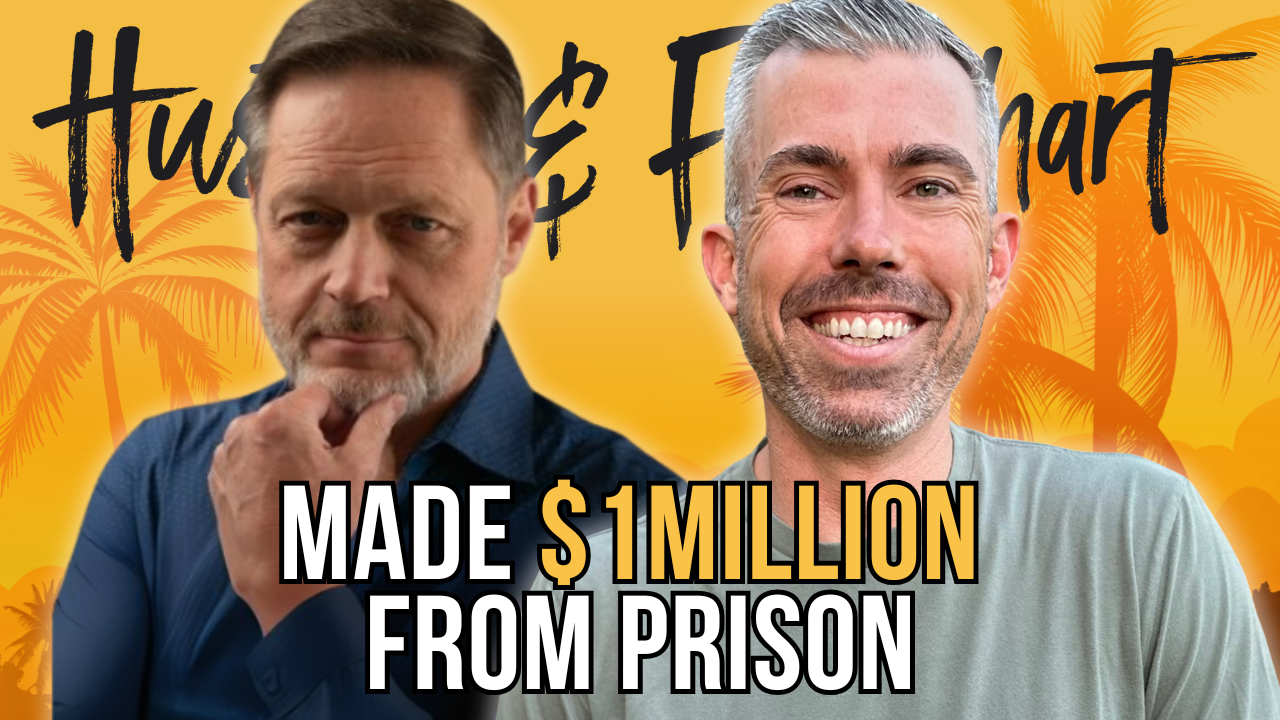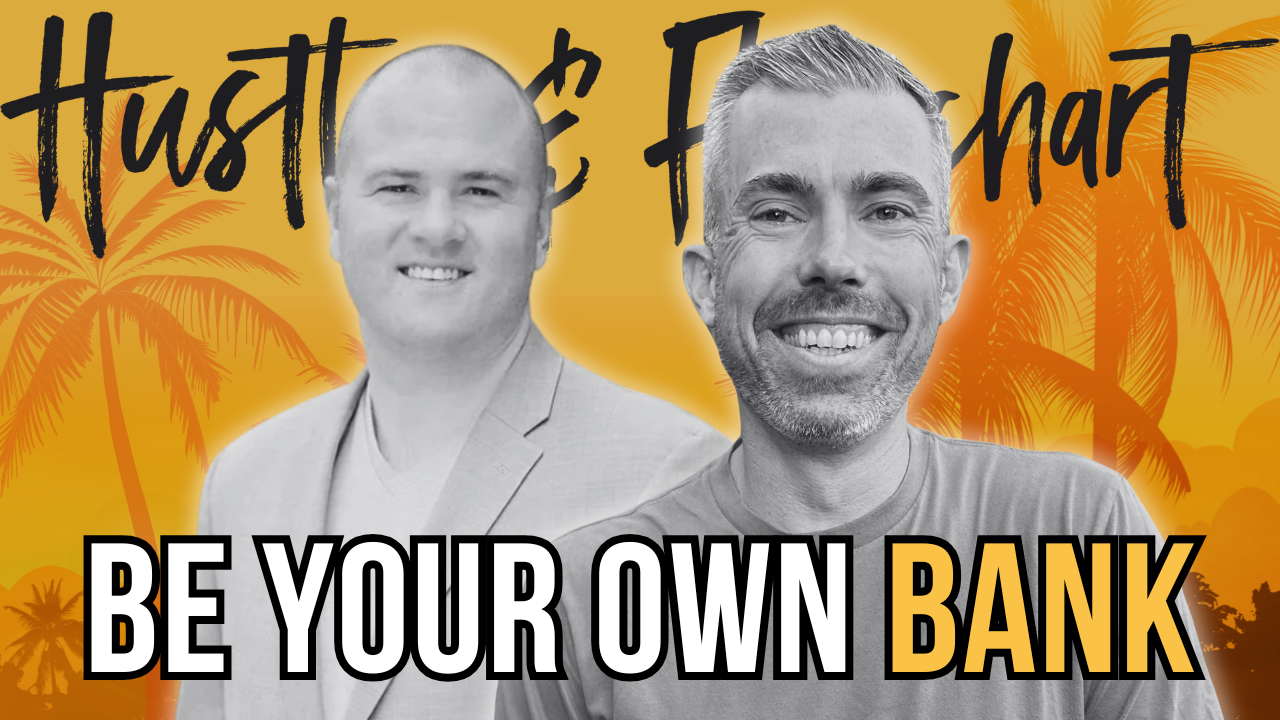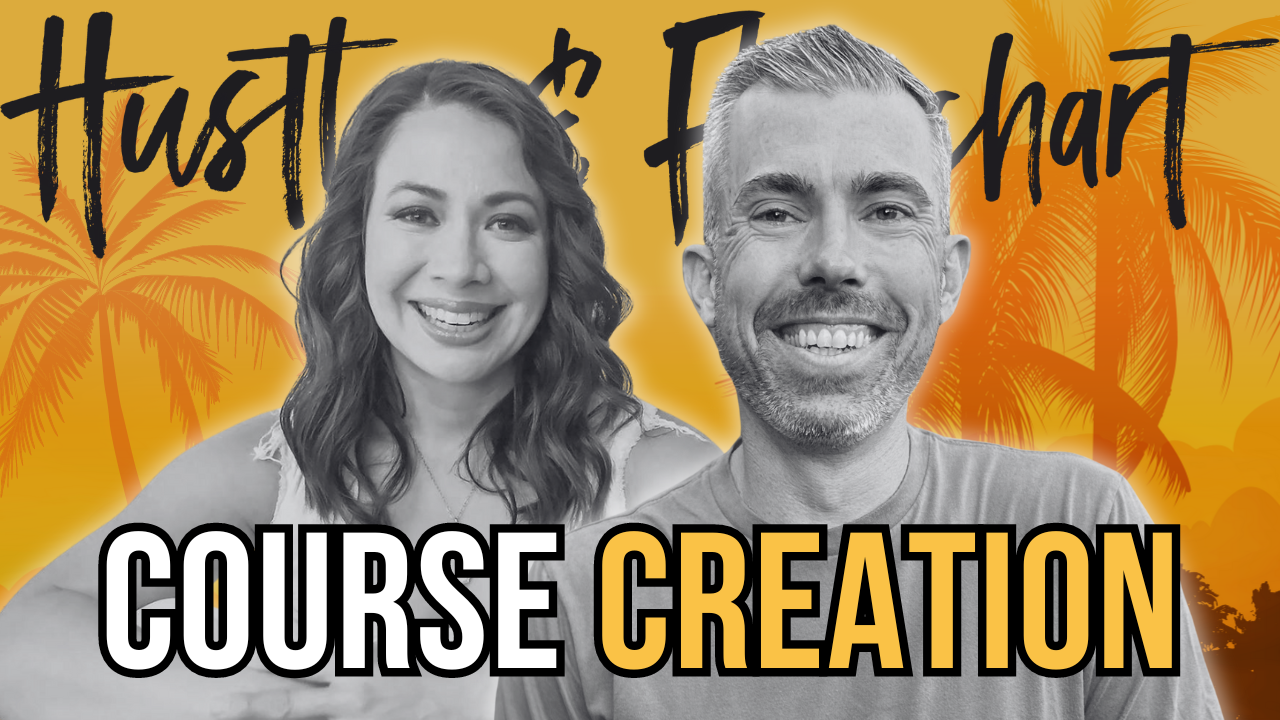When it comes to product creation, here at Evergreen Profits, we take a bit of a different approach than most other people. We have a few core philosophies that we live by when we’re setting out to create something that will educate and enrich people’s lives.
Table of Contents
ToggleThree Product Creation Philosophies To Live By:
Don't spend months creating a product, test your idea with an MVP
There's no reason that product creation should take months to develop. If you have knowledge that other people want, you should be able to create a product around that knowledge within a day. That’s not to say we never spend time on our products.
Sometimes we even have multiple weeks dedicated to product creation. However, we believe that you can spend a day creating a minimum viable product (MVP) that you can start selling almost immediately and then continue to add to it over time.
We will discuss some exact tactics that better explain what we mean by that in a bit.
Use an info-product to add additional revenue streams to an existing business
Second, focus on info-products as a way to either start a new business venture or to add additional revenue streams to an existing business.
I have a hard time even thinking of a business that can’t add an additional revenue stream through creating info products. No matter what you do, you’re probably very educated on the topic.
That information will be valuable to others. Never take what you know for granted.
Document a process that you're already familiar with
Thirdly, a great way to reduce the amount of spent in product creation is by documenting processes you're already familiar with.
In fact, a lot of people avoid creating information-based products because they feel that they aren’t an expert. It’s probably the most common objection we hear to people getting started.
However, if you were to focus on your journey and bringing people along to learn along the way, you do not need to position yourself as the expert. This is exactly how Joe and I started in the marketing world.

We created a blog that essentially told people that we were not experts but that we would share what we were learning along the way.
We then took it a step further and offered premium access to videos, audios, interviews, and more to those who wanted to pay to follow along on our journey even closer.
Now, before we dive in on various ways to save time during product creation, let’s discuss a killer way to actually test a product idea before we even bring it to market.
I think you’re going to dig this…
The YTC Product Test Method
Unfortunately, I cannot take credit for the strategy that I’m about to lay out. This is something that Drew Burks taught me about a year ago.
I was absolutely blown away by the strategy that we had to test it in our own business. It’s effective, it builds your list, and it validates whether or not a niche is going to work for you.
Here's how it works:
- Step 1: Pick a niche and then find an existing YouTube video that caters to that niche
- Step 2: Create an opt-in form and drive traffic to it
- Step 3: When people opt-in, you simply redirect them to a page with the YouTube video embedded in it
This can also be referred to as YouTube Curation (YTC), the act of curating YouTube content.
Let’s say that you were trying to start an online information product in the Paleo Diet niche. You could hunt YouTube for one or more videos with amazing paleo recipes. You could then use something like LeadPages, Clickfunnels or OptimizePress to put together a super quick opt-in page.
Here's how this would look in practice:
- As your audience to opt-in for something like “An amazing paleo pizza recipe” or “5 simple but delicious paleo recipes”
- Then redirect them to another page, made with one of the page builders I just mentioned, that has the YouTube video (or videos) embedded in it
- Once you have this opt-in page and the curated content page setup, you would simply find some interests related to the Paleo Diet on Facebook and start driving some Facebook ads to it.
There is so much brilliance in this idea. You are finding out if an idea is going to pan out.
If nobody opts-in, you know it might be a tough niche to get into. If it goes nuts and you get a ton of opt-ins, you’ve already started building a list in that niche. You can start promoting your paid offers to that list, saving you time and energy on wasted product creation.
This whole test could be set up in less than an hour with something like Clickfunnels. Simply swap out the text copy on the page with copy related to whatever video that you’re going to curate and switch out the actual video on the thank you page for whatever YouTube video you find.
You’ll have the funnel built in 10 minutes and will be ready to start driving traffic to it.
How To Use The Interview Skinning Technique To Save Time During Product Creation
I’m not sure I’ve seen anyone else do this before but it’s something we’ve done quite often to create high-quality products that people love.
With the interview skinning technique, we bring in guest experts to essentially create the content for us.
Our most popular product, in which we used this technique, was a course called FB Uncovered. I had run some Facebook ads in the past but wasn’t totally an expert at it.
However, I really wanted to dive in and learn as much about them as possible. In the FB Uncovered course, I asked to interview about eight different people on the topic of Facebook advertising.
I figured I’d get strategies and step-by-step implementation instructions from them, truly learn about Facebook advertising myself, and create a product that people would love at the same time.
Here's what it looks like in practice:
- After conducting the interviews, I wanted to boost the perceived value of the training. Instead of just posting all of these interviews into a members area, I chopped up each interview, using Screenflow, into multiple parts
- Every question that I asked became its own training module inside the course
- Finally, I edited myself out of the interview and only shared the side of the conversation with my guest. I displayed the question on the video while the guest answered it
The end result was about eight guests, speaking on eight different Facebook-related topics, broken into about 10 videos each. Now, when someone logged into the member's area to access the training, they would see around eighty videos from eight different Facebook experts on various advertising-related topics.
Here's an example of what the training looked like:
Just creating those videos alone was enough to launch the course.
Once the course was launched, I began following the instructions of my guests and creating case studies based on the advice that they gave me. This added a personal touch and a bit of “over the shoulder” training that allowed customers to actually see the processes happen in real time.
The course was a huge hit and was praised by a lot of people as the best Facebook advertising course they had ever taken. The interviews were all conducted over around an eight hour period and it took about another hour to chop out each individual clip.
The beauty of this strategy is that you can launch a course in pretty much any niche, even if you’re not an expert in that niche. You’ll simply borrow the credibility of the experts that you find and they will do the bulk of the educating.
The next logical question is, “how do I incentivize people to be guest experts?”
There are a few ways that you can really make it worth their while. The simplest, and most obvious, is to pay them for their time. It’s hard to give an exact cost on that but a lot of people would be happy to jump on a Skype call for 20-30 minutes with you for $100 – $200.
If you’ve already got a large mailing list or a large following, the boost in exposure may be enough to get someone on board as well.
Finally, as a last resort, you can offer a revenue share with your guest experts. Offer each of them 5% or 10% of sales (depending on how many guests you get) for the first six months. Send them a royalty check monthly.
Don’t underestimate the power of just reaching out. Often, you’ll find that people are just willing to help. They love talking about their subject matter and are happy to be experts for the boost in awareness.
And remember, everyone's time is valuable. If your potential guest is hesitant then start talking about compensation.
Here’s how you can implement this in your business:
- Step 1: Pick a niche that you want to launch a course in. Validate it using the YTC product test method
- Step 2: Find between 5 and 10 potential guest experts in that niche and reach out to them via email or social media
- Step 3: Interview each one using either Skype or YouTube Live. Skype requires an added tool called Skype Call Recorder. YouTube Live is a simple and free way to do it
- Step 4: Use Screenflow or Camtasia or any other video editor to break up each interview into clips, edit out your own voice, and display the questions on the video. (Alternatively, you can outsource this step on Upwork.com)
- Step 5: Load all of those videos into a free Teachable.com account for a simple and secure members area
- Step 6: Promote your course, leveraging your guest experts’ credentials as proof
Resources Mentioned:












